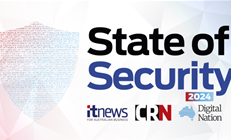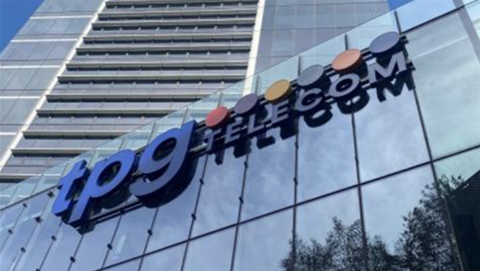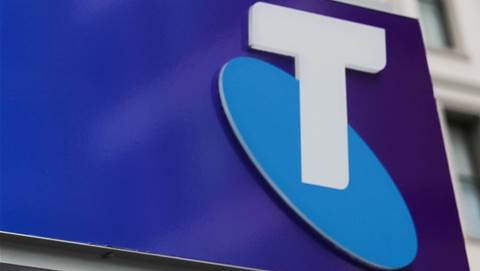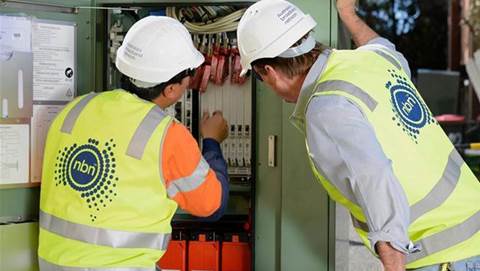NBN Co is now worried its pricing is disadvantageous to smaller internet providers, which lack the resources to programmatically balance their mix of customers to offset their costs.
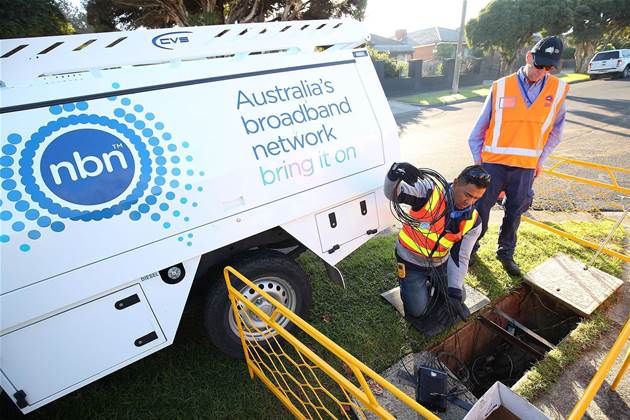
The network operator emailed internet providers on Monday to disclose a tweak in the direction of its future pricing.
Smaller providers account for about 15 percent of all active NBN services, and their collective market share and power has been growing for some time.
But they have limited public and regulatory visibility: they often do not make regulatory submissions, and as a result the public conversations on NBN pricing have been led by the five largest providers - Telstra, Optus, TPG Telecom, Vocus and Aussie Broadband.
NBN Co is now also worried the smaller players may have trouble navigating its price structure - to the point that larger internet providers are at a competitive advantage, due to their size.
Small players have their say
A series of comments made by both large and small players in recent weeks appears to have jolted NBN Co to act.
It is known that some of the largest players have become particularly adept at programmatically moving large numbers of customers between NBN speed tiers to minimise their wholesale costs - particularly excess charges for bandwidth.
Until recently, NBN Co had been encouraging this optimisation work, seeing it as a way to empower the next major shift of the NBN customer base from the current most popular current tier, 50Mbps, up to 100Mbps.
But there are growing clues that this may not work as NBN Co intends.
Optus, for example, predicted a bifurcation of the 50Mbps tier, with some customers moving up to 100Mbps but many downgrading to 25Mbps to keep broadband costs at current levels.
In a submission last week, Launtel said the requirement for sophisticated speed tier mix optimisation would hurt smaller providers.
“It was feared that the larger retail [internet] providers (who have more sophisticated management systems that would allow them to more easily flip services between the two speed tiers) would have gained a competitive advantage over the smaller [providers] that did not,” Launtel said.
The Internet Association of Australia (IAA) said some of its members also “lack the capacity to design systems able to ingest the large volumes of data needed to optimise their customer base” compared to bigger providers.
It appears the magnitude of the impacts has caught NBN Co by surprise.
“Based on what we now understand about the level of wholesale optimisation anticipated to be undertaken by [retail internet providers], we are concerned that the pricing arrangements proposed in November relating to … 50 Mbps and below may place some [providers] at a competitive advantage over others as a result of either their scale or characteristics of their customer base,” NBN Co wrote to providers on Monday.
“This would not be consistent with the intent of the non-discrimination obligations that apply to NBN and would also create substantial commercial risk for NBN Co, impacting our commercial sustainability and ability to reinvest in the network for the benefit of customers.”
Creative cross-subsidisation
One of the main reasons to optimise the tier mix is that individual customers use varying amounts of bandwidth.
Customers not using their full quota of bandwidth at any given time currently subsidise the needs of heavier users; that’s because all bandwidth is pooled at a national level, and retail internet providers can choose how bandwidth from the pool is allocated.
On top of that, there may be advantages in temporarily serving subsets of users from a higher tier, where they get more bandwidth inclusions that they won’t use, and that can further offset the needs of heavier users on other tiers.
This is where some providers engage in programmatically shifting customers between NBN tiers behind-the-scenes, based on their usage patterns, and most likely unbeknownst to the users themselves: a kind of creative cost optimisation strategy.
But it appears not every internet provider has been able to make this work in their favour; and the smaller players are at risk of paying higher wholesale costs as a result.
NBN Co has sought to address this in part by capping the wholesale price of a service up to 50Mbps, such that an individual user can no longer run up a huge excess bandwidth bill.
This, it says, would mean retail internet providers no longer have to aggressively optimise and manage customers, particularly between the 50Mbps and 100Mbps tiers.
Telstra acknowledges this would reduce management overhead.
“The … proposal to have a cap on the 50/20 plan at the 100/20 price would relieve [retail internet providers] of that effort to get to broadly the same outcome as plan optimisation,” Telstra said.
“Without the cap, [retail internet providers] would migrate heavy 50/20 users to 100/20 plans. All a cap would do is save [retail internet providers] that effort.”
But controversially - at least for big players - in return for capping the price, NBN Co wants to remove national bandwidth pooling, and with it, the key way larger providers minimise their excess bandwidth costs, particularly for their 12Mbps and 25Mbps customer bases.
Services on these tiers typically do not come with enough bandwidth, meaning top-ups are required.
Naturally, all of the large players are against losing the national pool - it would neutralise creative bandwidth accounting and isolate investments that providers have made in this area.
Practically, it could mean an increase in bandwidth costs for the big players, since they can no longer allow some users to cross-subsidise others from a bandwidth perspective.
That could also lead to price rises on 12Mbps and 25Mbps plans, since those users are benefitting from bandwidth cross-subsidisation, and they would no longer be able to draw excess bandwidth from the pool.
It’s not clear what NBN Co intends to do here: whether it will stick with axing the pool, or make a concession to appease the larger providers as well.
NBN Co told retailers on Monday that it wants to stick with the cap model, albeit with some unknown tweaks.
It sees this as a way to ‘level the playing field’ - arresting the possibility that its pricing can favour larger providers that can model themselves to cost minimisation.

